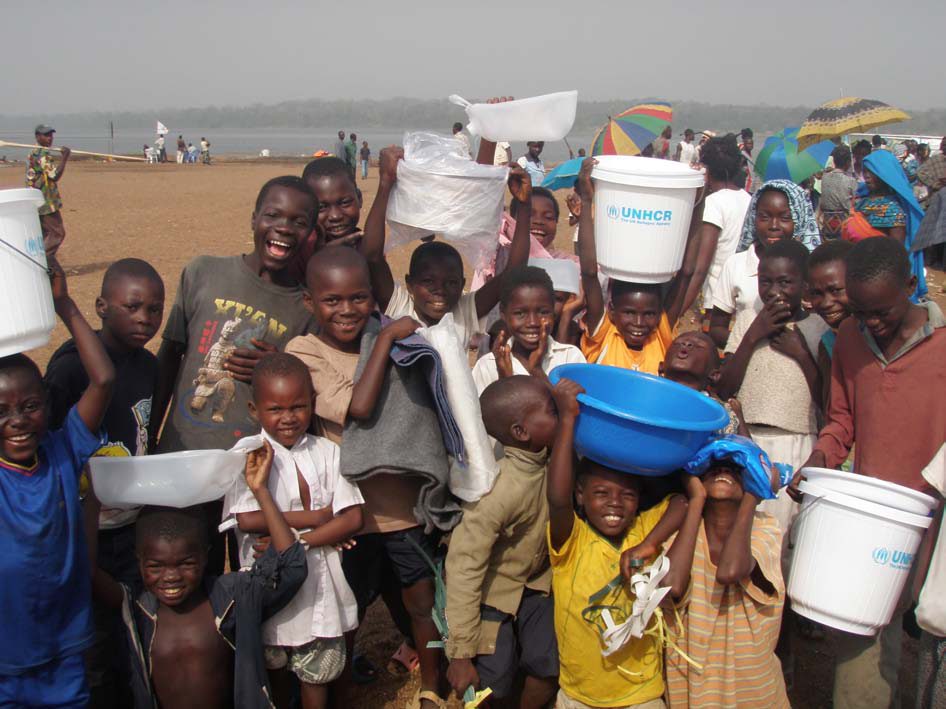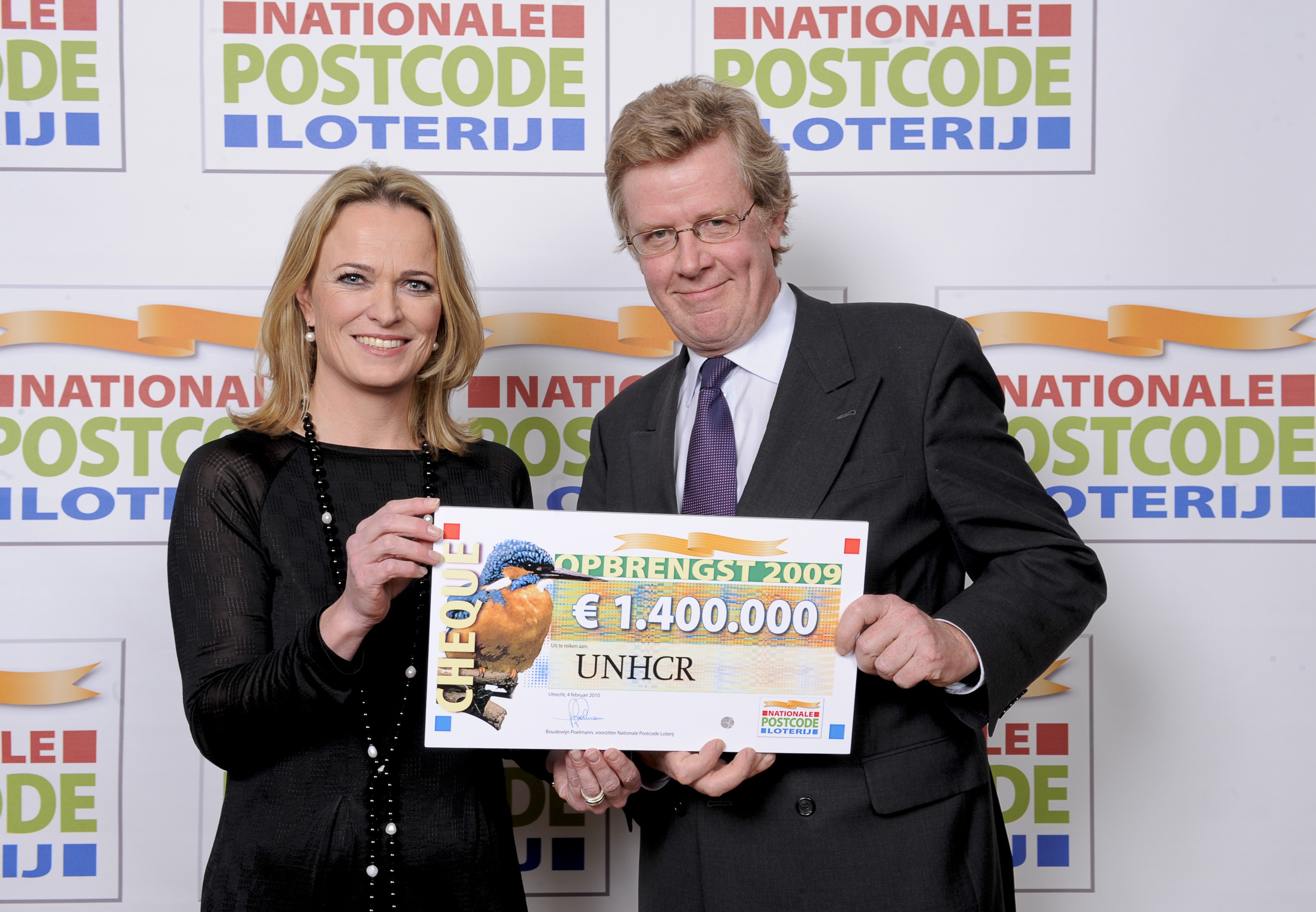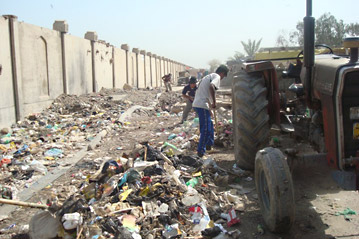Taking Bosnia's temperature, 10 years after Dayton
Taking Bosnia's temperature, 10 years after Dayton

GENEVA, November 21 (UNHCR) - The Dayton Peace Accords, initialled on this day ten years ago, came too late for the hundreds of thousands who were killed in Europe's bloodiest conflict since World War II. Too late for the victims of the Srebrenica massacre. Too late for the hundreds of thousands of displaced people and refugees who will never go back to their pre-war homes, and will never get over the physical and mental scars caused by the stream of savage and senseless atrocities that cut through the heart of this small, mountainous nation in the heart of the Balkans.
It will take more than ten years to judge the successes and failures of the Dayton agreement, and its subsequent implementation. As the High Representative in Bosnia, Paddy Ashdown, said recently, "We have lost touch with how long it takes" to patch war-ravaged societies together again. "Healing is always measured in decades."
Whatever the faults of Dayton, the achievements it helped bring about are undeniably impressive: Throughout the Balkans as a whole, 2.5 million people have returned to their homes, including more than one million in Bosnia and Herzegovina since the signing of the Dayton Accords. Five billion dollars in aid poured into the country in the early years. Around half of Bosnia's 500,000 war-damaged homes have been rebuilt or replaced. Some 200,000 property disputes have been resolved peacefully.
Ray Wilkinson, editor of Refugees magazine, was the UN refugee agency's spokesman in Sarajevo in 1992-93, as the fighting, atrocities and so-called 'ethnic cleansing' spread from community to community, engulfing almost the entire fabric of the nation.
Ten years after Dayton ended the war in 1995, he took the temperature once again during a journey through Croatia, Bosnia, and Serbia and Montenegro - three of the four states that made up Yugoslavia before it imploded so destructively during the 1990s. This journey, he writes in the current issue of the magazine, "highlighted all of the region's post-Dayton contradictions - the hopes and concerns for return, the struggle for survival, renewed friendships and ongoing wartime animosities and the fears about a still very uncertain future."
The Dayton Peace Accords were initialled by the leaders of Bosnia and Herzegovina, Croatia and the (then) Federal Republic of Yugoslavia at the Wright-Patterson Air Force Base in Dayton, Ohio, on November 21, 1995, and signed in Paris on December 14 of that year.
Under the terms of the agreement, the parties agreed to respect each others' sovereignty, maintain a cease-fire in Bosnia, withdraw military forces to agreed lines of separation, approve a new constitution and hold presidential and legislative elections.
The capital of Sarajevo was reunified, a central government was established, but - in one of the most controversial points - two separate entities were also recognized within the country, reflecting its ethnic reality: the so-called Bosnian Serb Republic (Republika Srpska) and the Bosniak-Croat Federation.
In 1991, at the start of the Balkan wars, the U.N. Secretary-General had designated UNHCR to be the lead humanitarian agency during the developing emergency. Under Dayton, the refugee agency was again asked to spearhead efforts to help millions of people uprooted by the fighting to return to their homes.
Though the agreement was specific to Bosnia and Herzegovina, its political, military and humanitarian impact was widespread throughout the entire Balkan region.
The humanitarian challenge was spelled out in Annex 7 of the Dayton Accords and its main points included:
- UNHCR, as the lead agency, was entrusted "with the role of coordinating among all agencies assisting with the repatriation" and developing "a plan that will allow for an early, peaceful, orderly and phased return of refugees and displaced persons."
- "All refugees and displaced persons have the right freely to return to their homes of origin. They shall have the right to have restored to them property of which they were deprived in the course of hostilities since 1991 and to be compensated for any property that cannot be restored to them."
- Returnees could go back "without risk of harassment, intimidation, persecution or discrimination, particularly on account of their ethnic origin, religious belief or political opinion."
- All parties agreed to repeal "domestic legislation and administrative practices with discriminatory intent;" prevent incitement through the media or other channels "of ethnic or religious hostility or hate;" protect ethnic minorities and their easy access to humanitarian organizations; and prosecute, dismiss or transfer any official violating the basic rights of minorities.
- The parties agreed to create "political, economic and social conditions" to encourage return and reintegration and, vitally important, a Commission for Displaced Persons and Refugees was established to adjudicate potentially hundreds of thousands of property disputes and claims.









